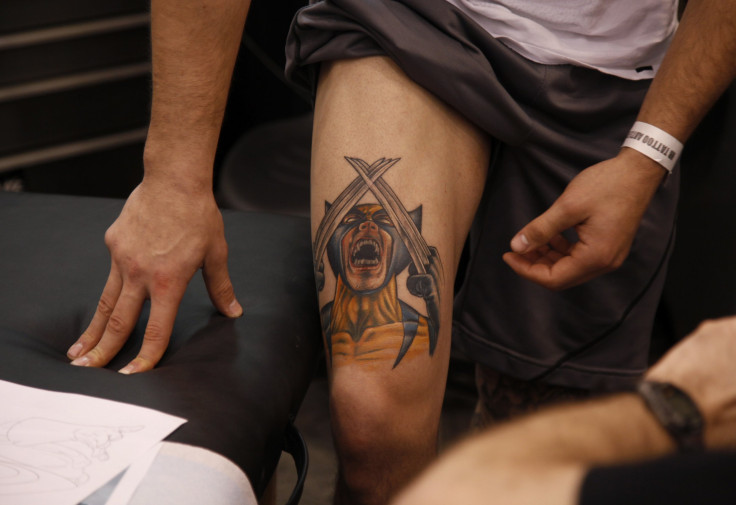Can You Sign Up For Military With A Tattoo? Air Force Changes Ink Policy To Improve Recruiting

In an attempt not to disqualify potential candidates because of their “ink,” the Air Force announced a new tattoo policy for current and future airmen while also nixing the long-standing “25 percent” rule, the military branch said in a press release Tuesday morning.
The new, looser policy follows the Air Force’s announcement of a review of the policy in April of last year, marking its first change since 2010, Air Force Times reported.
Previously, senior personnel had the power to determine how “excessive” a tattoo might be in size and if it violated the 25 percent rule, which said no tattoos could cover 25 percent or more of an exposed body part that could be viewed while in uniform, other than training gear.
"As part of our effort to attract and retain as many qualified Airmen as possible we periodically review our accessions policies,” Air Force Secretary Deborah Lee James said in a statement. “In this instance, we identified specific changes we can make to allow more members of our nation to serve without compromising quality. As a next step in this evolution, we are opening the aperture on certain medical accession criteria and tattoos while taking into account our needs for worldwide deployability and our commitment to the profession of arms."
The review, which focused on the findings of Air Force field recruiters, found that nearly half of “contacts, applicants and recruits” already had tattoos, and one in five of that group had tattoos that may have been considered questionable or would require approval.
The new policy, as seen in the released graphic below, allows for tattoos anywhere on the body with the exception of the face, neck, head, tongue, lips or scalp, as well as the hands. However, airmen with small tattoos on their hands that were previously authorized under the old policy can still have them.
Tattoos that reflect gang, extremist or supremacist groups, or anything depicting discrimination towards someone’s sexuality, race, ethnicity or religious affiliation are also prohibited.
The new policy will go into effect Feb. 1.
In March of last year, the Navy also eased its tattoo policy with sailors allowed to have ink on their necks and even full sleeves, making it the most “lenient” branch in the military, according to Navy Times.

© Copyright IBTimes 2025. All rights reserved.





















